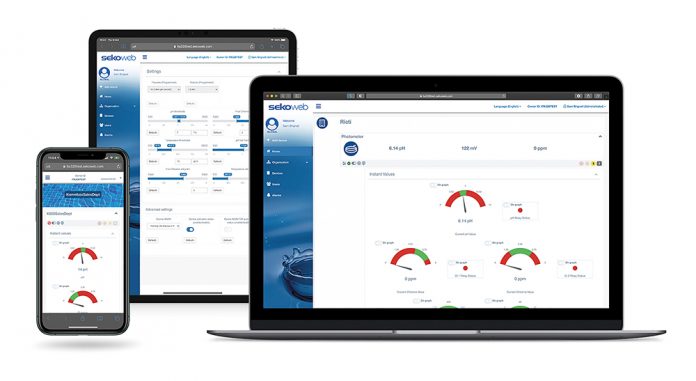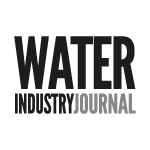The second decade of the fourth industrial revolution has brought with it a fascinating, fast-moving development within the manufacturing and industrial automation sectors.
This technological growth, commonly referred to as the Internet of Things (IoT), is a meeting of smart device technology and data generation, processing and accessibility. Within the consumer sector, this has resulted in the rapid creation of the smart home, where users benefit from the ability to remotely control a multitude of household appliances – from lighting and heating to kitchen appliances, security devices and entertainment systems – via computers, smartphones and tablets.
Outside of the consumer sector, a branch of IoT has emerged within industries including manufacturing, healthcare and water treatment. Known as Industry 4.0 or the Industrial Internet of Things (IIoT), the integration of technology in physical devices can help managers make significant improvements to operational efficiency, energy consumption and environmental impact.
This cutting-edge technology is now changing what is possible in traditional pump applications, including liquid transfer and chemical injection in processes as varied as swimming pool, wastewater and cooling water treatment.
From flocculation and coagulation to pH correction and countless other water-treatment applications, operators seeking to improve efficiency and sustainability are increasingly specifying web-enabled pump systems.
For example, the capacity for ‘live’ document sharing creates the potential for equipment manufacturers to update digital installation guides and operating manuals to reflect changes in design or software and immediately upload the latest revisions to the cloud.
This allows unlimited changes to be made and means engineers and operators always have access to up-to-date literature. As well as accelerating installation, setup and commissioning, managers can reduce associated time and costs while helping to ensure a smoother user experience.
During equipment operation, IoT systems receive information from pump sensors, constantly harvesting data on multiple values – including cycle status, chemical consumption and vibration monitoring. With both historical and real-time data at their fingertips 24/7, users can make informed decisions relating to system performance and perform immediate adjustments to formulas, flow rate, unit of measure and other parameters as well as altering pump operating modes such as manual, batch and timed.
As well as making instant efficiency improvements, operators are able to budget with greater accuracy and confidence while streamlining stored chemical volume.
Additionally, many web-connected pump systems have the capacity to convert chemical consumption volume into the equivalent financial value, which allows projected savings to be precisely calculated when considering dosing adjustments. These figures may also be presented to senior management in order to justify changes or to demonstrate performance in monetary terms.
IIoT-based systems also enable users to receive smartphone notifications as soon as faults occur, meaning defects can be immediately identified and remedial action planned to take place outside normal operating hours when disruption can be minimized. This yields a vast improvement in the efficiency of equipment maintenance, repair and upgrade planning while avoiding costly and inconvenient unplanned downtime.
It’s not only the efficiency of equipment and utilities that can be improved. For businesses running across multiple sites in different countries or even continents, IIoT and the leveraging of real-time data means operations management can be anywhere in the world and still be as effective as they would be whilst stood in front of the machine’s controller.
Plus, wasted journeys by technicians – who may travel a considerable distance to assess a pump’s condition as part of routine maintenance only to find it in perfect working order – can be eliminated, as they need only be deployed when required.
This is particularly timely post-coronavirus, when the remote-working trend established during the pandemic has seen many operators continue to work at least partially from home and the integration of IIoT has begun to be seen as an expectation rather than a bonus.
With 5G opening yet more possibilities for high-speed, ultra-reliable IoT, the pump industry is primed to see where technology will take Industry 4.0 in 2022 and beyond.
seko.com




